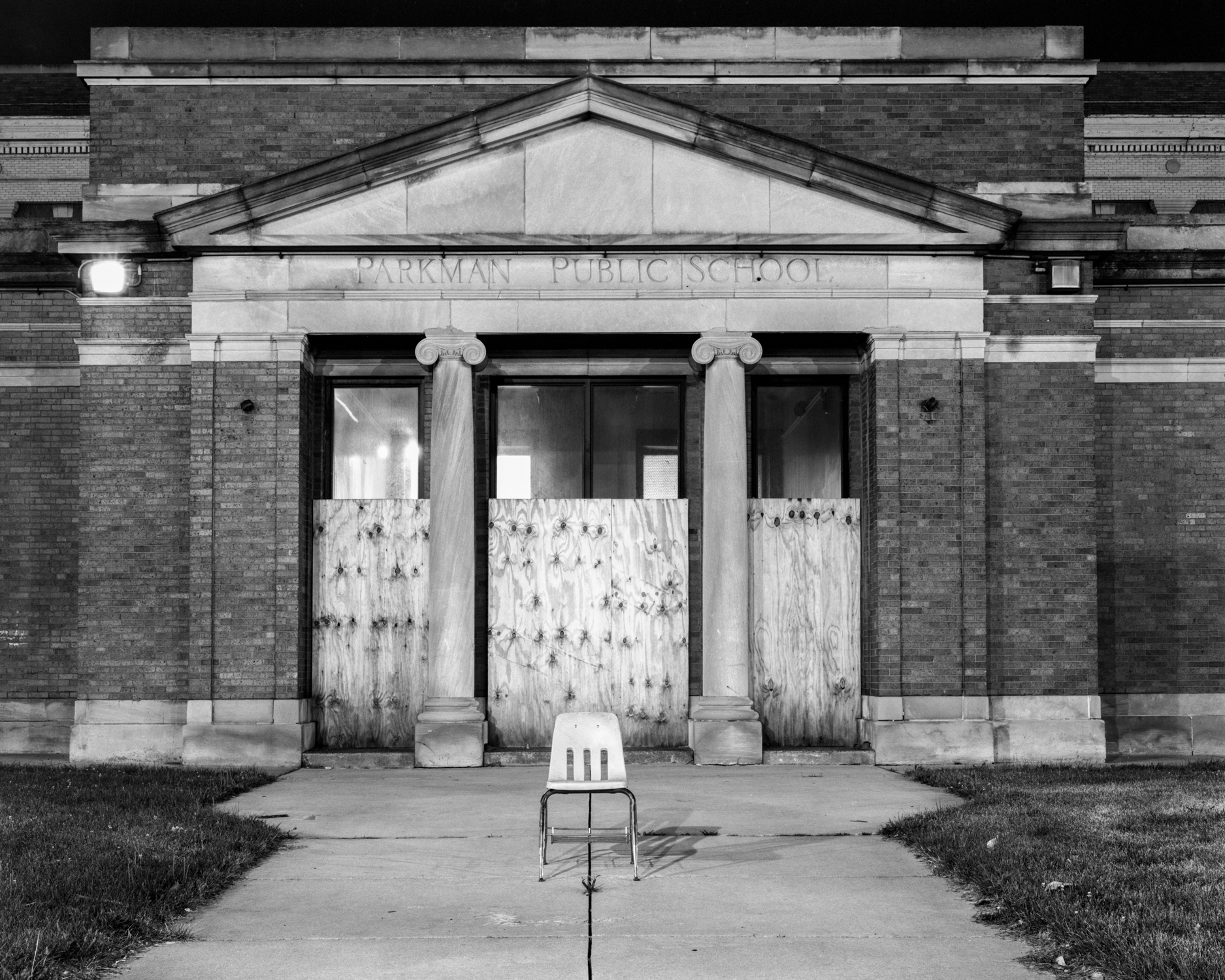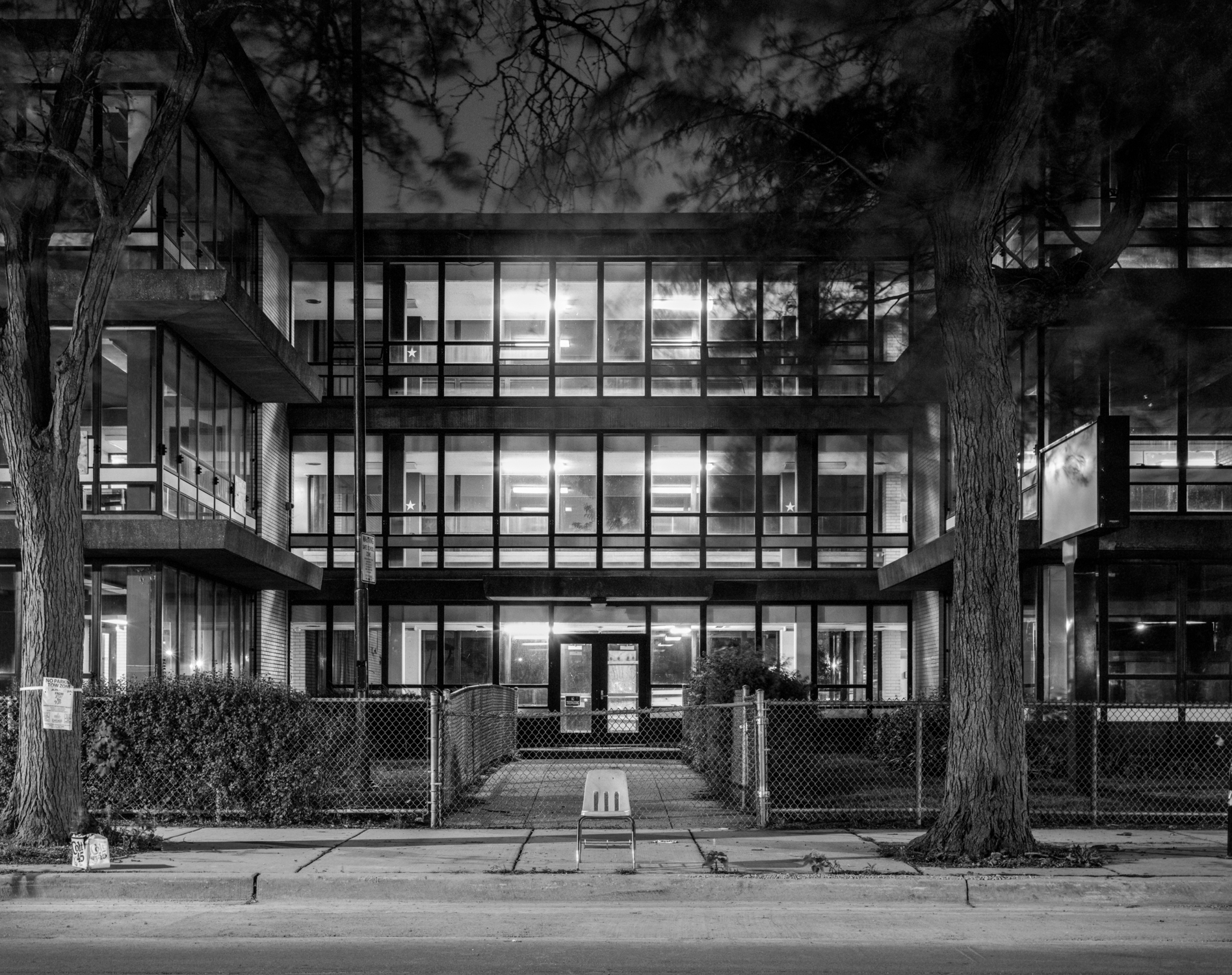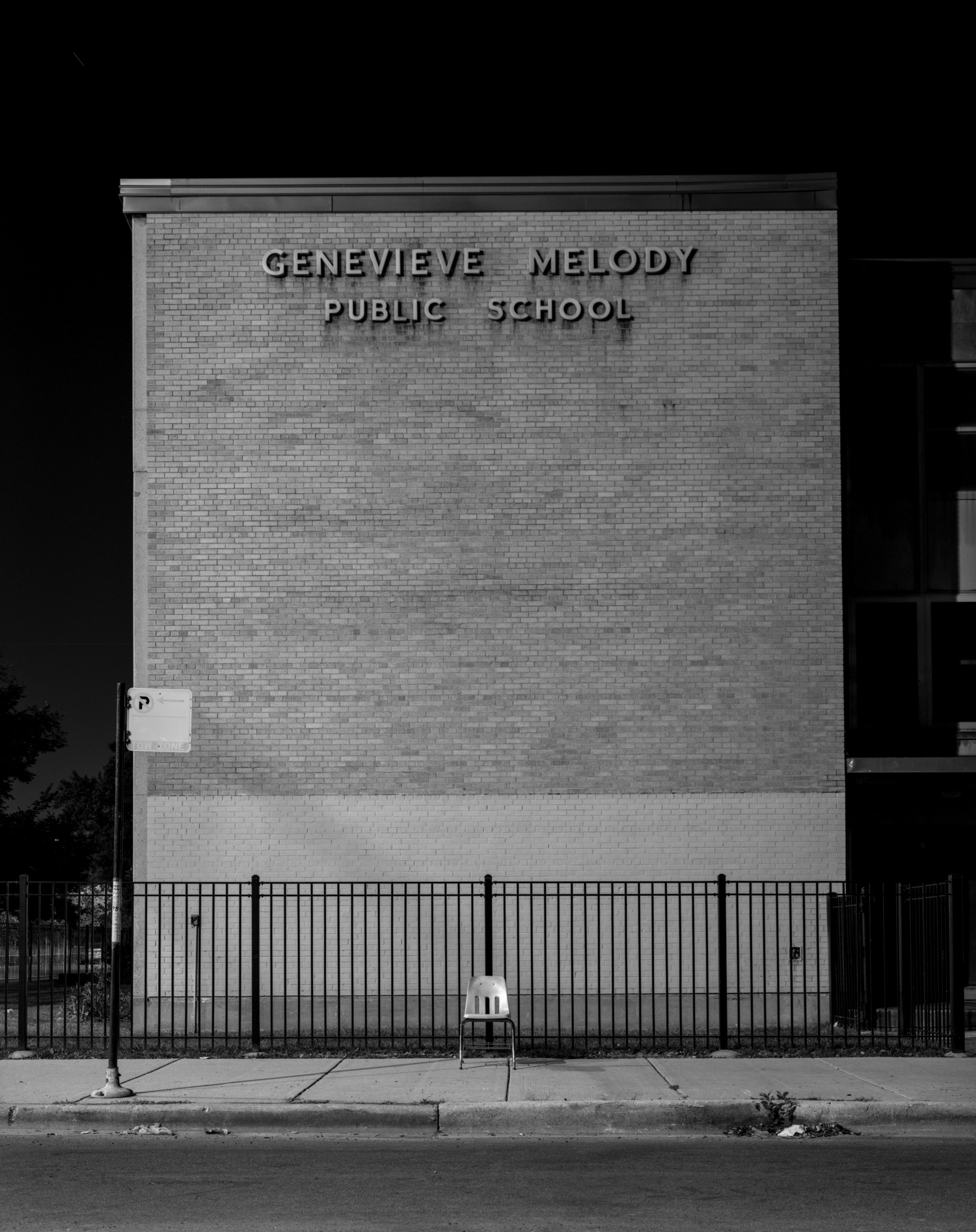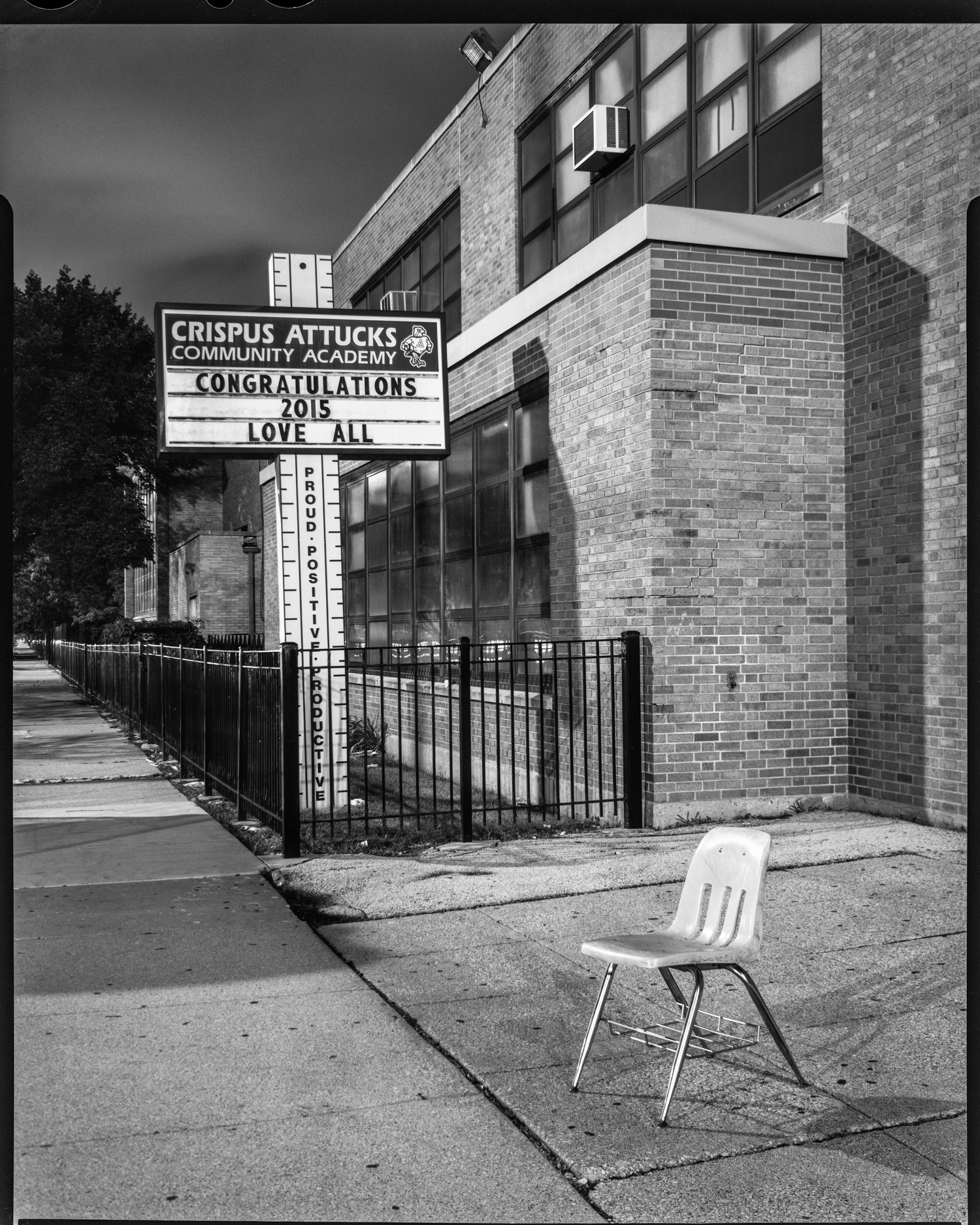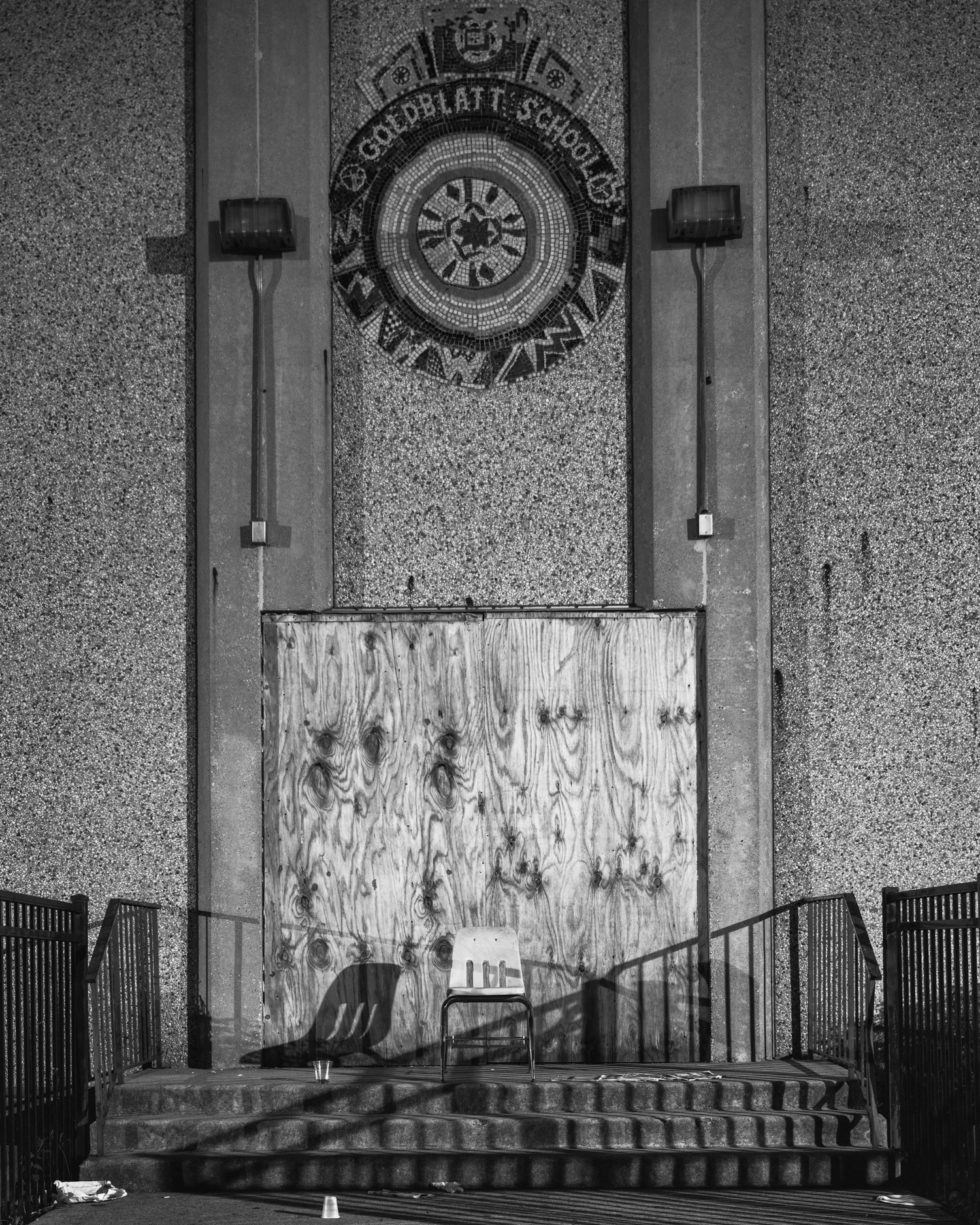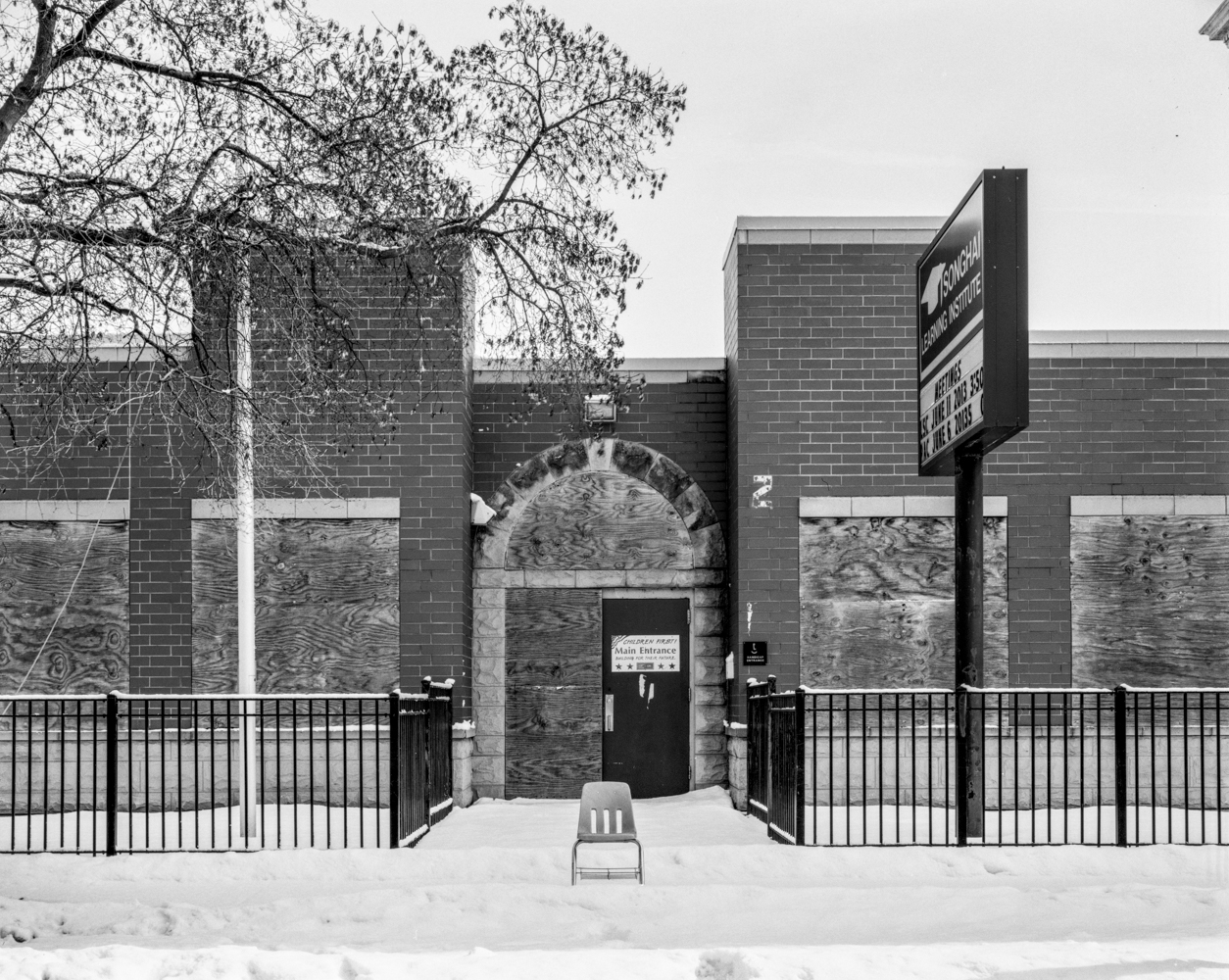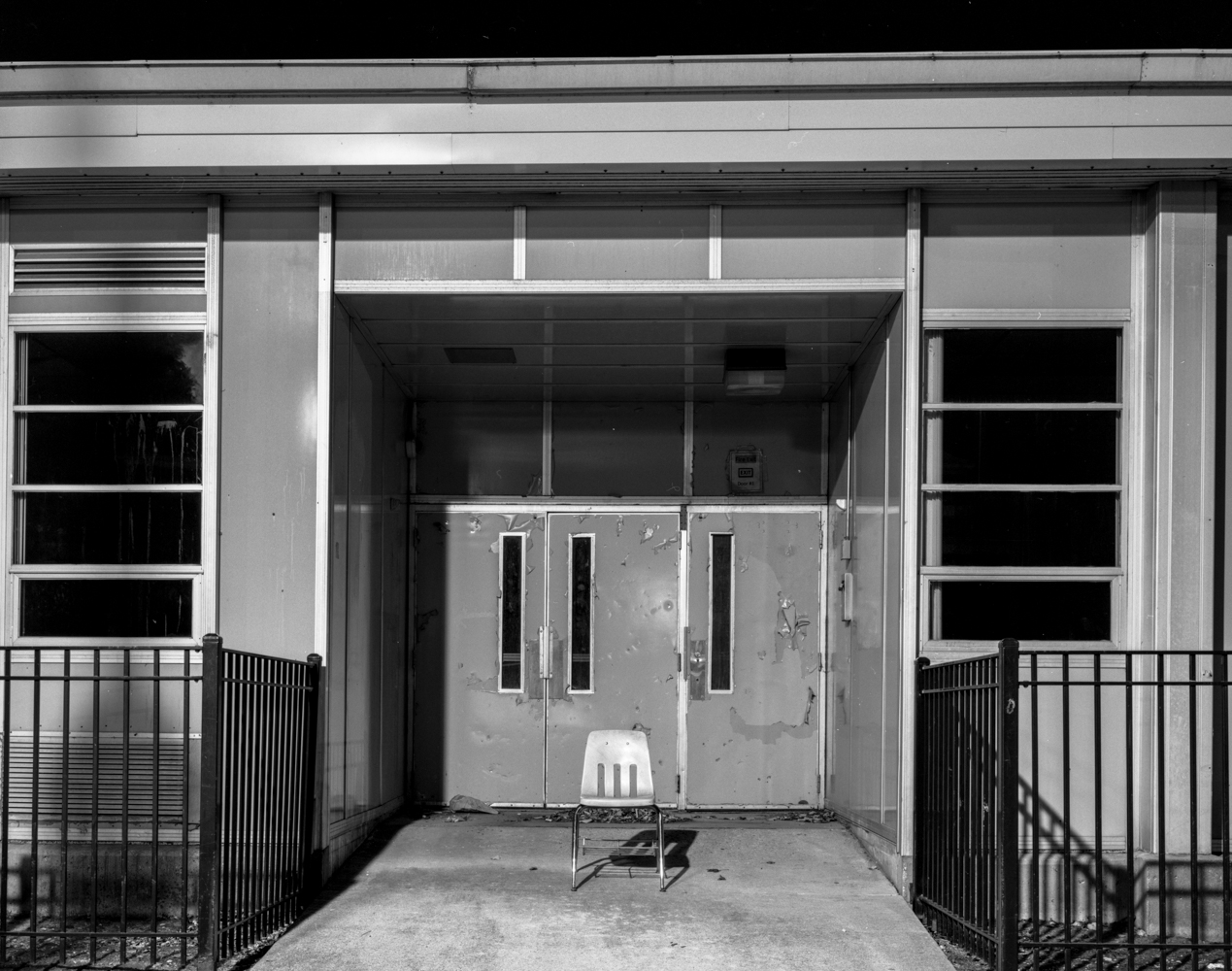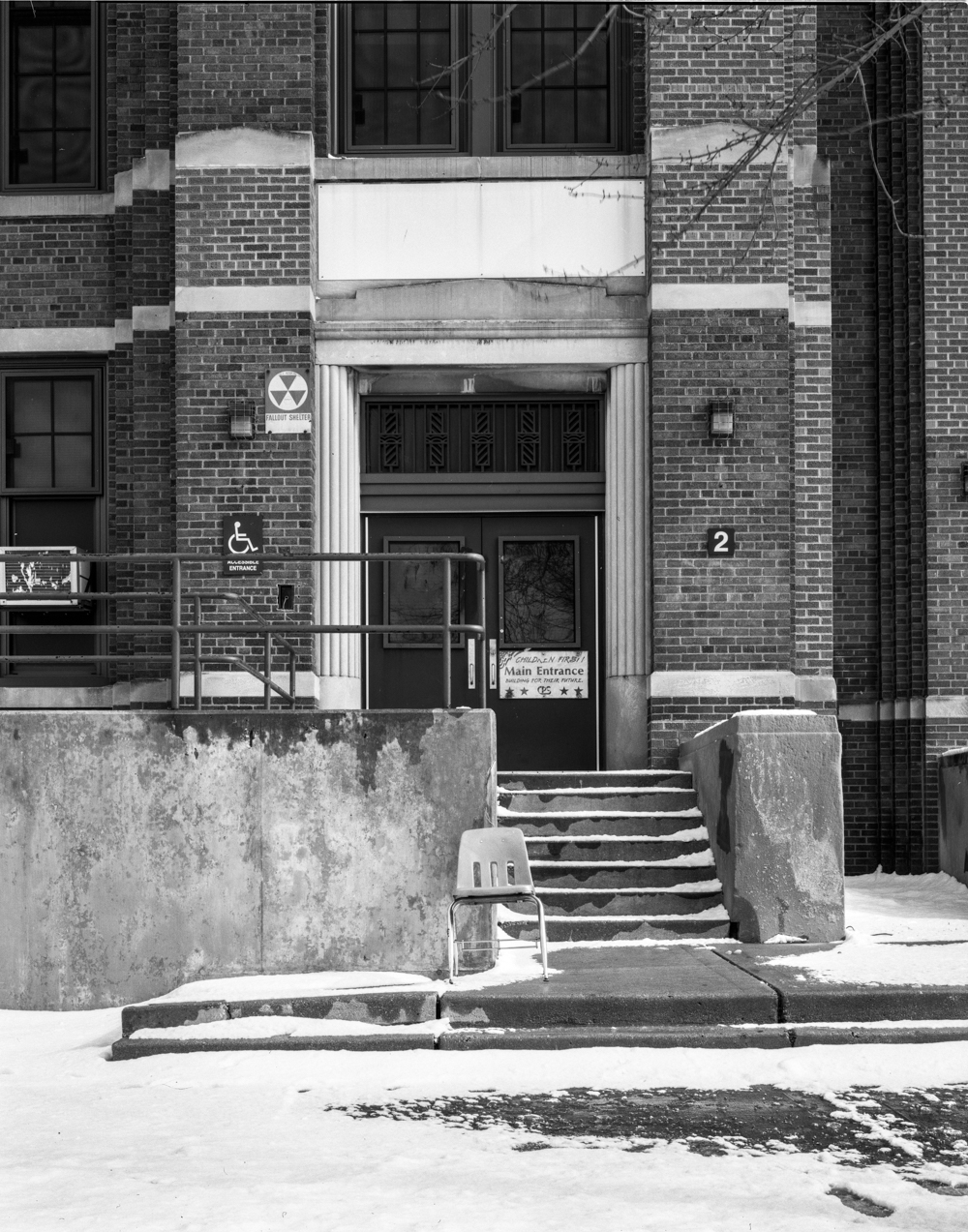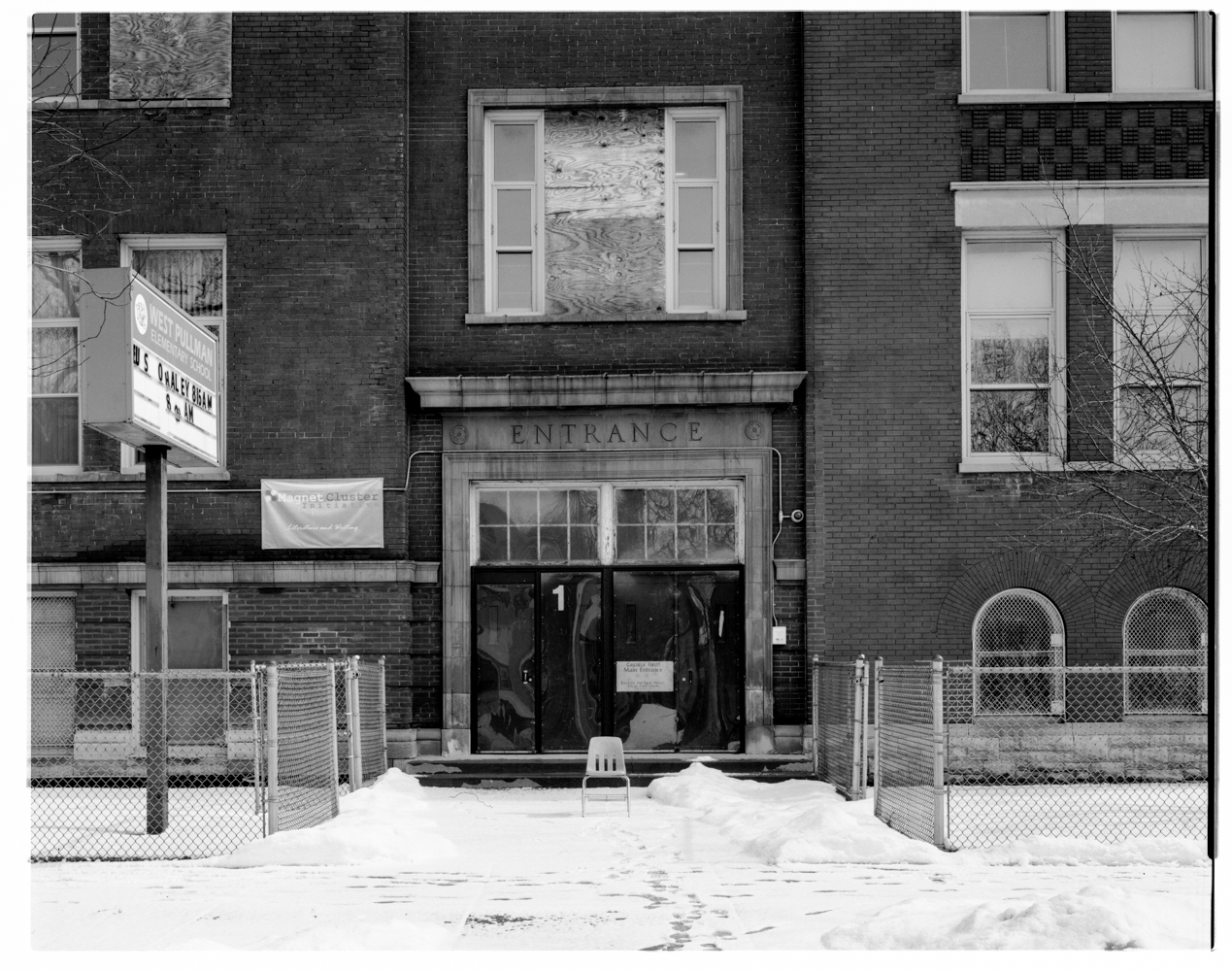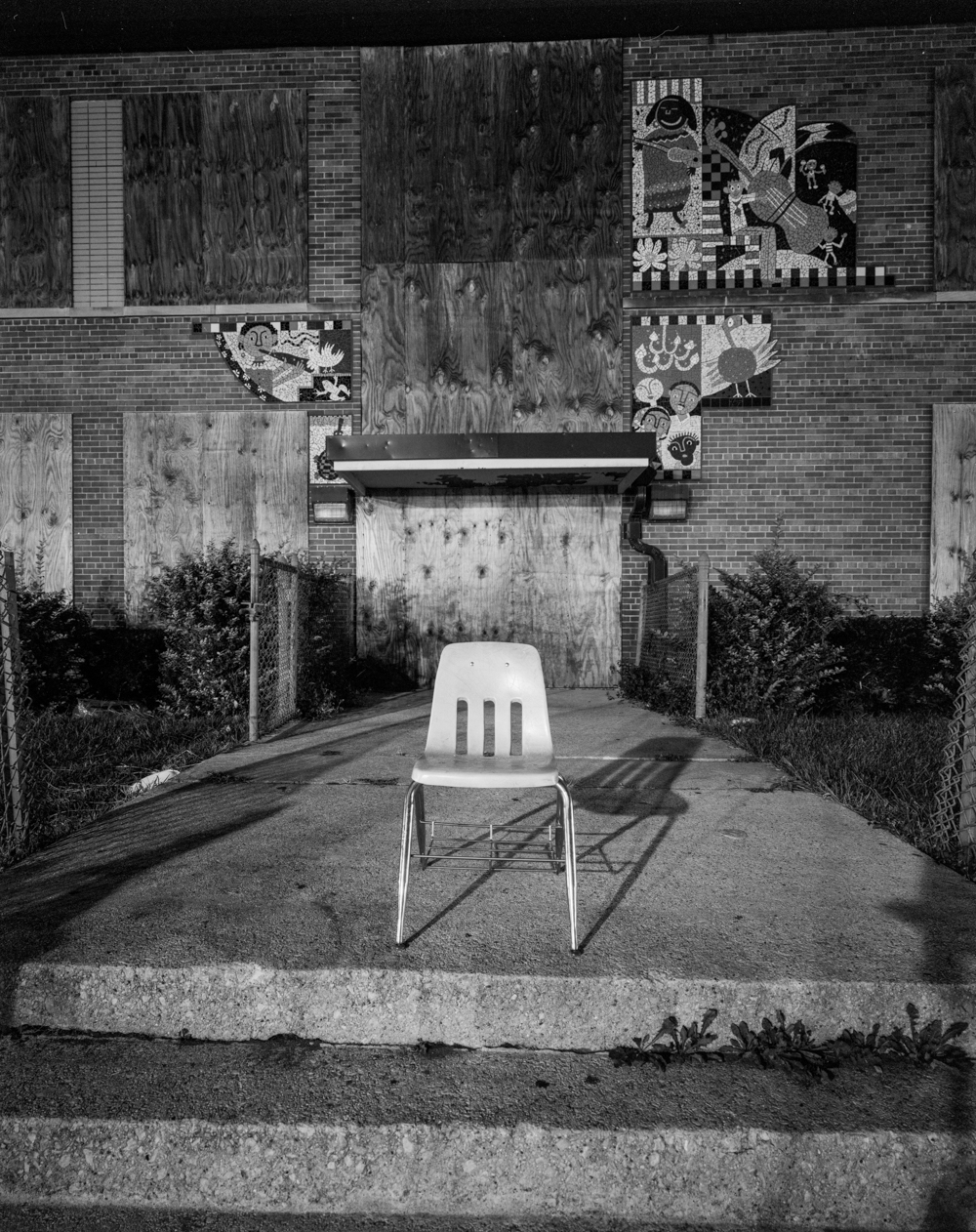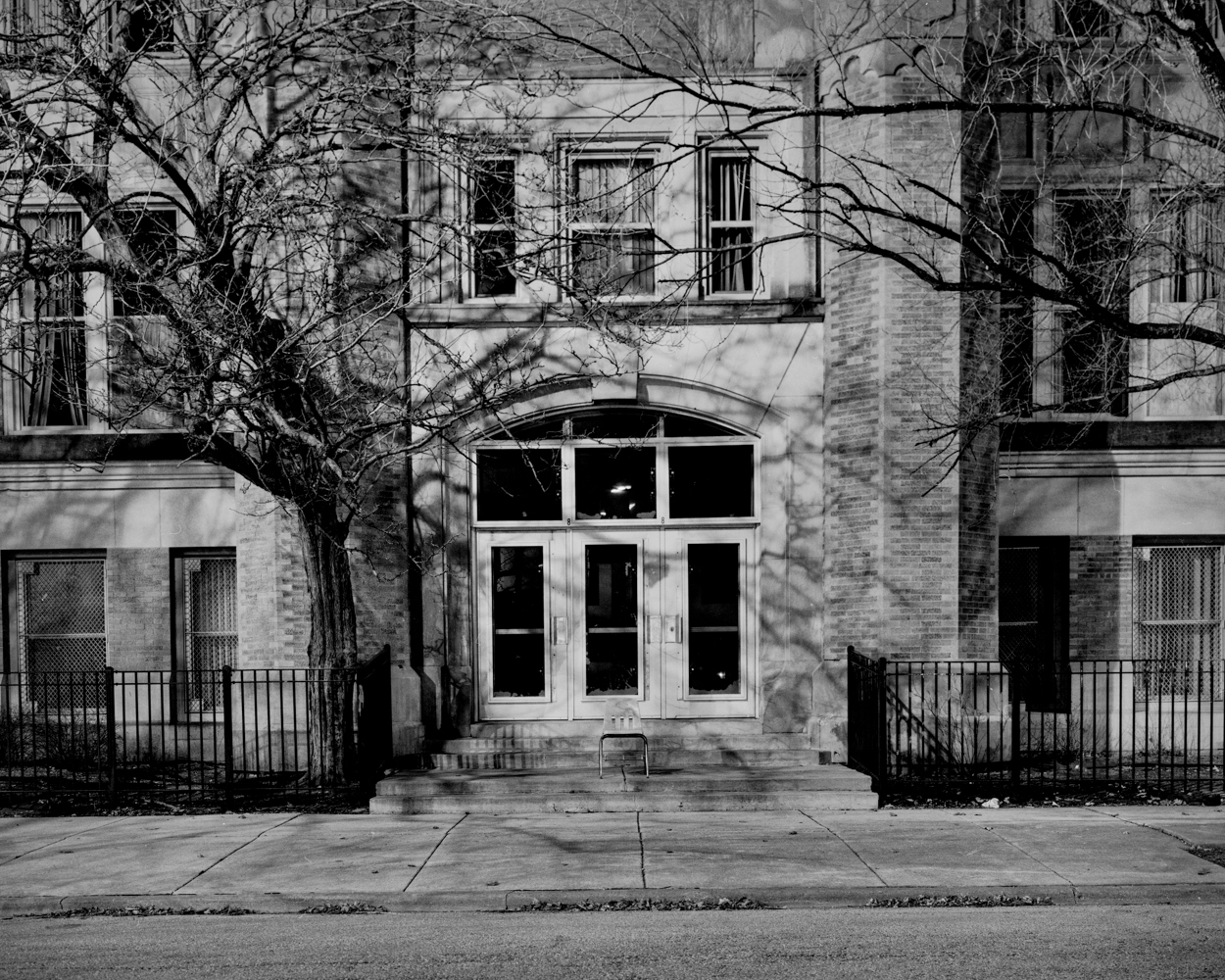school’s out
In 2013, the Chicago Board of Education voted to close 50 public schools. Most of these schools were located on the South and West Sides of Chicago. Many of these historically underserved neighborhoods are predominantly Black. The schools that were closed were labeled “underutilized” leading CPS and city officials, including Mayor Rahm Emanuel, to make the decision to close these schools and transfer displaced students to other schools in order to maximize the buildings that remained open. They would have to travel further to their new school, sometimes, through dangerous neighborhoods where gang violence is prevalent. Meanwhile, the majority of these closed schools remain shuttered, the buildings left fallow and vacant-- some of the buildings, however, have been leased out or torn down to make room for other businesses.
My family settled in the Southside of Chicago from Hong Kong, by way of Colombia, and I myself am a graduate of Chicago Public Schools. I’m a proud Bronco from Kenwood Academy in Hyde Park, a predominantly Black high school, but I teach at New Trier High School in the North Shore of Chicago, which differs in many ways. Many families at New Trier are White and upper middle class or higher, whereas many of the families affected by the school closings are Black or Latinx and most live below the poverty line. In Illinois, schools are primarily funded by property tax which contributes to issues of unequal funding for public education. Simply put, families in rich neighborhoods benefit from this method of school funding, while families in poor neighborhoods are unable to send their children to a school that receives adequate funding. If all families should have equal access to quality education, then this creates an obstacle to that goal. Many would agree that school building utilization should be maximized, but is shutting down 50 schools in one year with more closings currently being considered, the most compassionate and adaptive approach?
These school closings have affected 30,000 students and 1,000 teachers, and doesn’t take into account the opportunity costs on future families and communities or the additional emotional distress of a student having to travel through streets that threaten their lives with violence. My project is about the communities that these school closings have further distressed. I want to document all of the schools that were shut down in 2013. I’m telling the story of the breakdown of the school system and how this is reflected in the community that they served. Each school will be photographed with an empty yellow school chair, commonplace in many CPS schools in the shot representing the absence of a student, but also to invite the viewer to a broader discussion about school funding inequality. Most of the photographs will be taken at night in order to reduce the amount of people that are present throughout the shots, and will also help to emphasize the isolation and grimness surrounding these now-shuttered schools. Each school that no longer houses students will be photographed in their current state, whether they are covered in plywood or if they’ve been replaced by other institutions.
